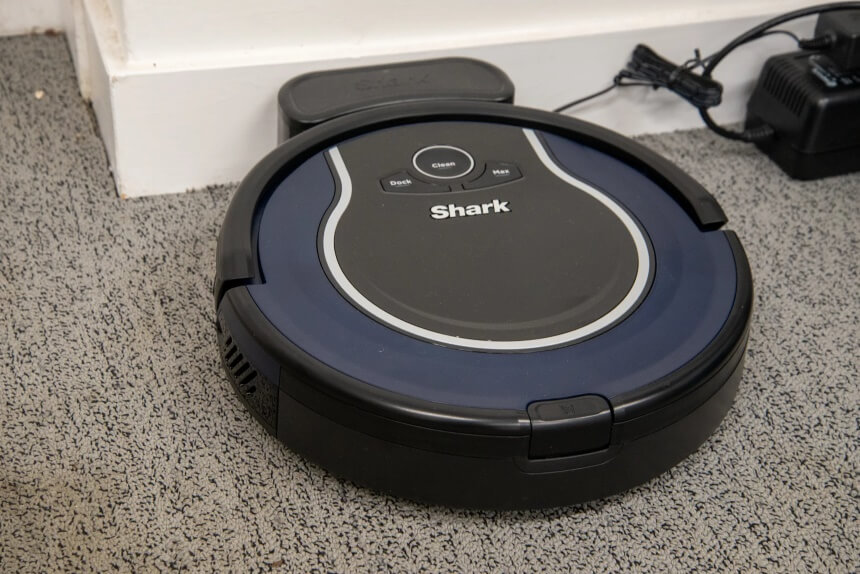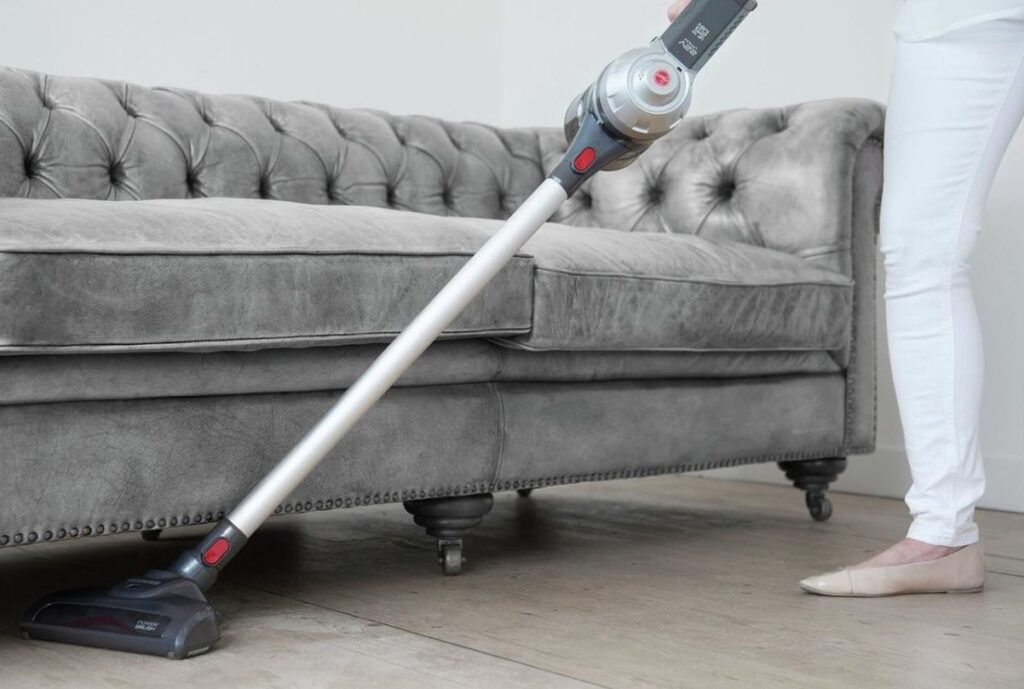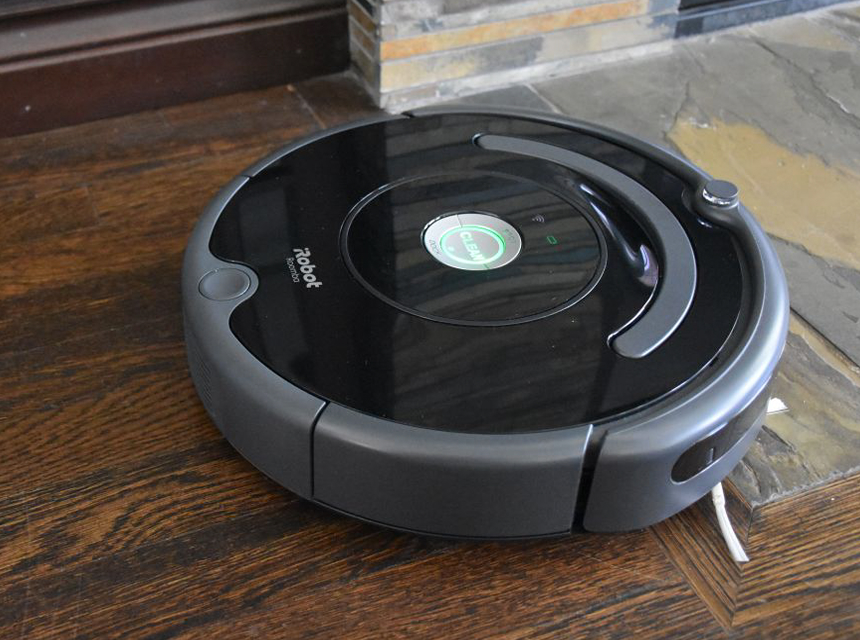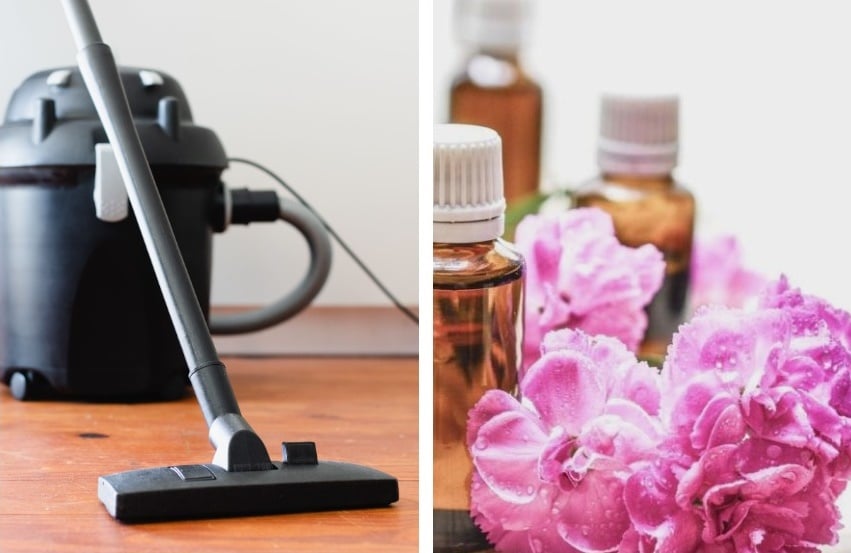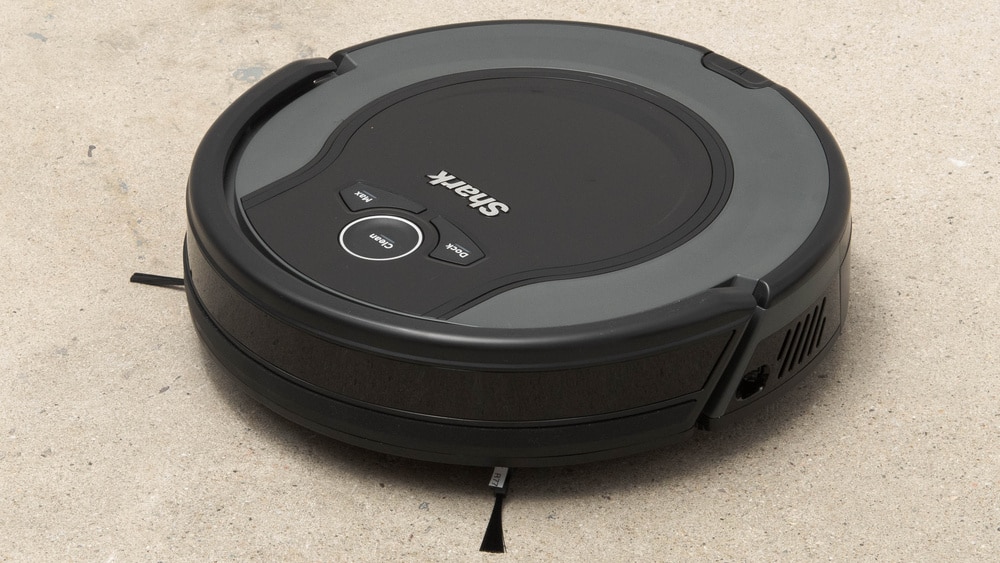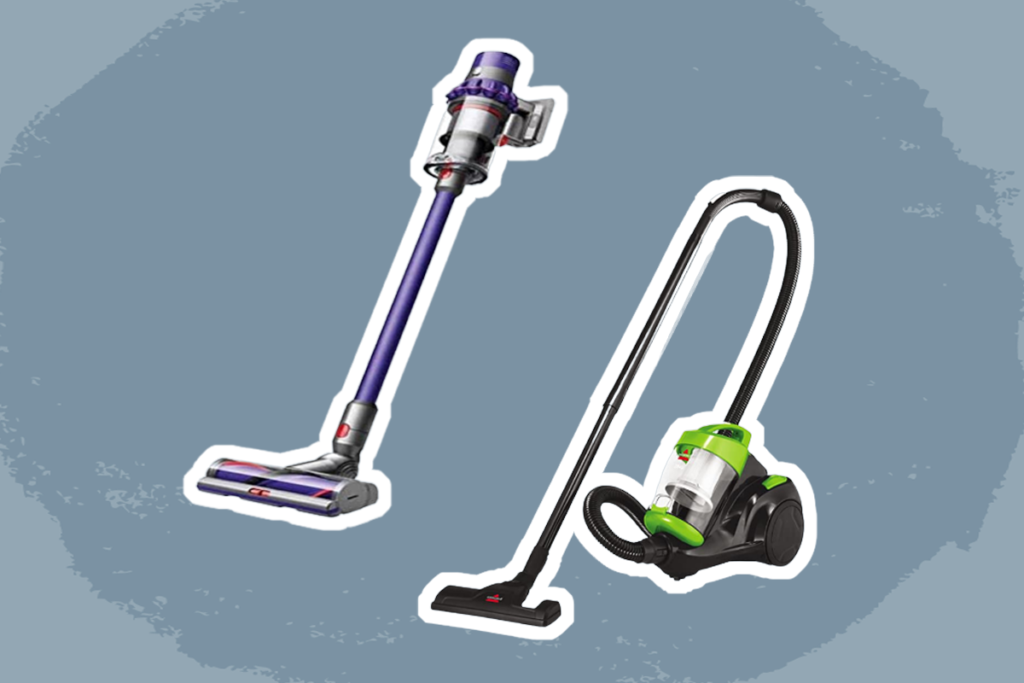The vacuum hose is the part that gets used the most for direct cleaning, and it can get dirty over time. It may even get blocked if you don’t maintain it regularly. A clogged hose can make cleaning one hell of a hassle as it would disrupt air movement and affect suctioning. Luckily, it is possible to unclog a vacuum hose with an efficient cleaning process. You can wash and unclog any dirt stuck in your vacuum’s hose with various methods.
This article has a straightforward step-by-step guide on how to clean vacuum hose. The cleaning process applies to all vacuums with hoses, be it a shark, Dyson, or Bissell. The only bit of the cleaning process that would be different across the brands and models is removing the hose. What’s more, the cleaning process can also apply to vacuum models that have a wand instead of a hose.
According to Metro News Trusted Source Shocking photo proves the importance of cleaning your vacuum hose There are plenty of places in our homes we might forget to clean (don’t worry, we’re not judging you for whatever’s under your couch cushions). metro.co.uk , many people forget to clean inside their vacuums opposite to occasionally wiping their exterior. Although manufacturers don’t specify how often you should clean your vacuum’s hose, it doesn’t really depend on the device’s type. But if you have animals and children, vacuum parts cleaning should happen more often. If you are looking for effective devices, we can recommend out list of the best vacuums for pet hair.
A clogged vacuum hose is pretty obvious. You will notice a loss of suction, and the vacuum will have trouble picking up dirt and debris. Also, your vacuum is likely to blow out dust Trusted Source Dust mite insights may lead to tools to fight against allergies and asthma Johns Hopkins researchers have identified the process by which dust mites cause allergic reactions, opening new avenues to combatting inflammatory diseases. hub.jhu.edu or make strange noises when vacuuming. When you see these tell-tale signs, it’s time to clean the vacuum hose for a better vacuuming experience.
Experts recommend cleaning your vacuum hose at least once every month. However, depending on how often you vacuum, you may need to clean it more or less than once per month. If you have a busy household with kids and pets, then once a month would suffice.
After deep cleaning your house, make a habit of visually inspecting the hose to check for clogs that may affect your vacuum’s performance.
A bad smell coming from your vacuum is a sign that its time to clean your vacuum’s hose. In such a case, it’s highly likely that food got stuck in the hose and is now rotting.
After you have established that your vacuum hose needs a thorough cleaning, you can follow these steps to restore your vacuum to its top working condition. The entire process is pretty straightforward and should not take you more than 40 minutes.
Detaching the hose from the vacuum is the first step, regardless of your vacuum’s brand or model. Check your vacuum’s manufacturer’s instructions on how to detach the hose. For most vacuums, detaching the hose is as simple as twisting it out or pressing a button. Just be sure not to use excessive force that would ruin the hose. It is designed to be easy, and if it doesn’t feel right, stop and confirm with your user manual if you are doing right.
Also, for your safety, ensure your vacuum is not connected to a power outlet. Unplugging the vacuum will prevent you from getting electric shocks; plus, your vacuum won’t switch on suddenly when trying to disconnect the hose.
Once you have detached the hose from the other vacuum parts, inspect its inside carefully. Check all is openings for any obstructions like clogs or clumps of furniture.
Lay the hose flat to have an easier time inspecting it. You can also use a flashlight to see the obstructions or blockages in the hose easily.
Grab a broomstick handle, a long stick, or wire hanger that can fit the hose’s entire length and push it through to the other end of the hose to get rid of any clumps of dirt, debris, or dust. You should be able to get out everything stuck in the other end, middle, or top section of the hose.
Do not use excessive force when removing the clogs because the hose has a fragile material that can get damaged.
The best way to get rid of the dirt stuck in the hose is washing it out. Fill up the sick with about 4 inches of water, then add 2 squirts of dish soap or any mild detergent. Avoid using any harsh chemicals that can damage the hose’s material.
Submerge the hose in the water and soap solution so that it can move and cleanse the inside. You can use a damp cloth to clean the outside of the hose.
You can add a mixture of baking soda and vinegar to the soap water solution to sanitize the hose. The acetic acid in white vinegar is a fantastic household cleaning agent. It can remove bacteria, mold, germs, and mineral deposits. Moreover, it is a natural deodorizer.
Baking soda is also an excellent natural cleaning abrasive that can clean surfaces by creating friction to lift off dirt, debris, and tough grime. Mix half a cup of baking soda with 2 cups of vinegar, then pour through the vacuum’s hose. You can use a bottle cleaning brush to push the mixture through the hose’s length. The bristles on the bottle brush will scrub all the lingering and awkward dirt.
If you need a bottle cleaning brush but can’t seem to make a choice, consider the popular Hiware bottle cleaning brush set. The set contains five pieces durably made with high-quality food-grade materials.
Wash and rinse the hose’s inside thoroughly, then get rid of the excess water. Use water directly from the faucet to take advantage of the pressure. Let the water flow through the hose and flush out all the loose dirt, debris, and grime. Hold the hose in a U-shape, then shake the water in it before releasing it to run on the other end.
Before you connect the hose back to the vacuum, ensure it is completely dry. You can hang it up to allow all the water in its fold to drip out. Just hang it anywhere it can easily drain, like on a shower curtain rod. Give it a quick shake before hanging it to hasten the drying process.
When the hose is dry, you can put it back on to test if your hard work has paid. You should be able to see a difference in the suction, and the bad smell should be gone. If that is not the case, then maybe there is another issue that needs fixing.
As mentioned before, the process of cleaning a vacuum’s hose is pretty similar for various vacuum brands. However, manufacturers may give different instructions for proper cleaning of the vacuum’s hose.
Shark is one of the most popular manufacturers when it comes to cleaning appliances. One of its top models is Shark CZ2001 vertex canister, which also requires regular maintenance. It is incredibly easy to use, efficient, and has an anti-allergen complete seal that traps all the dust, dander, and dust in your space. To clean a Shark vacuum’s hose:
Detach the hose from the vacuum: unplug the vacuum from the power source, then detach the hose by pressing the tabs on each side of the nozzle at the bottom, where it connects with the vacuum. Look up the procedure for detaching your model’s hose on the user’s manual just to be certain.
Clear all the clogs along the hose’s length.
Wash the hose with warm soapy water.
Dry the hose, then reassemble it.
Bissel is one of the top manufacturers for choosing the best canister vacuums. Cleaning a Bissel vacuum with a detachable hose follows the same procedure outlined above.
Detach the hose by squeezing the colored latch at the base of the hose, then pull it free from the unit.
Clear clogs in the hose, then wash it with soap water solution.
Use bicarbonate of soda and white vinegar to sanitize the hose.
Rinse the hose with plenty water, then hang it to dry.
Reattach the hose when it is completely dry.
Begin by removing the rainbow from the electrical supply. Hold the carved shaft in your hands firmly, then discard the top wand from the handle. Remove the hose from the rod, then let out the latches on both of its sides connected to a metal container.
Unclog the vacuum by inserting the hose handle into the vacuum’s hose port which is on the front. Turn the vacuum on to suck all the dirt, debris, and grime in the hose.
Use water and mild detergent to wash the hose.
Dry the hose before reassembly.
Dyson cleaning appliance goes to the top of the list for the best multi-surface vacuum cleaners. Unplug the Dyson from power. The hose release button is located behind the clear cycle bin. Remove the clear bin by grabbing its handle and pushing the release button toward the vacuum. Reach the hose release button and press it. Hold the cold winder on the machine’s back while pressing the button to remove the hose completely from the machine gently.
Unclog the hose with a broom stick, or similar tool, then wash it with soapy water.
You can sanitize with vinegar and bicarbonate of soda before rinsing.
Dry the hose and fix it back.
Cleaning your vacuum’s hose as needed is necessary to keep it at top working form. A dirty hose can affect air movement and interfere with its suctioning ability. It may also release a foul odor that can put you off from vacuuming your house. We have provided clear guidelines on how to clean a vacuum hose. The procedure can apply to different vacuum models, but you can compare it with the manufacturer’s instructions in your user manual to ensure you are doing things right.
The entire cleaning process should be about 30 to 40 minutes. Plus, you don’t have to spend much on it as you only need a mild detergent or dish soap and baking soda and vinegar, which you can grab from your kitchen supplies. Avoid using cleaning agents with harsh chemicals as they may damage your hose.
